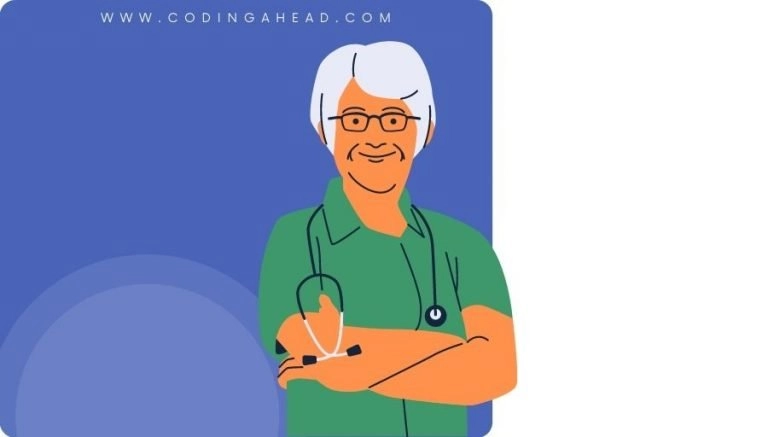How To Use CPT Code 78600
CPT 78600 describes the procedure for brain imaging using less than four static views. This article will cover the official description, procedure, qualifying circumstances, appropriate usage, documentation requirements, billing guidelines, historical information, similar codes and billing examples.
1. What is CPT Code 78600?
CPT 78600 is used to describe the procedure for brain imaging using less than four static views. This code is used when a provider performs nuclear diagnostic imaging of the brain using a radiopharmaceutical substance to examine the function of the brain. The provider performs less than four static views, which are two-dimensional views that show one image at a time.
2. Official Description
The official description of CPT code 78600 is: ‘Brain imaging, less than 4 static views.’
3. Procedure
- In this procedure, the provider administers a small amount of a radiopharmaceutical substance to the patient.
- The radiopharmaceutical substance reaches the specific organ or cellular receptors being studied.
- The provider uses a gamma camera or probe to detect the gamma radiation given off by the radiopharmaceutical.
- The gamma camera or probe records the gamma rays, and the computer uses this data to create images.
- The provider performs less than four static views, which are two-dimensional views that show one image at a time.
4. Qualifying circumstances
CPT 78600 is used when a provider performs brain imaging using less than four static views. This procedure is typically used to confirm brain death or to diagnose, manage, and treat diseases of the brain. The provider administers a radiopharmaceutical substance and uses a gamma camera or probe to detect the gamma radiation given off by the substance. The images created help the provider assess the function of the brain and identify any abnormalities.
5. When to use CPT code 78600
CPT code 78600 should be used when a provider performs brain imaging using less than four static views. This code is appropriate when the provider needs to assess the function of the brain or confirm brain death. It should not be used when the provider performs brain imaging with four or more static views, as a different code (CPT 78605) should be used in that case.
6. Documentation requirements
To support a claim for CPT 78600, the provider must document the following information:
- Reason for performing the brain imaging
- Type of radiopharmaceutical used
- Date and time of the procedure
- Number of static views performed
- Any abnormalities or findings observed
- Signature of the provider performing the procedure
7. Billing guidelines
When billing for CPT 78600, ensure that the provider performs brain imaging using less than four static views. If the provider performs brain imaging with four or more static views, a different code (CPT 78605) should be used. It is important to note that the cost of the radiopharmaceutical substance may be billed separately using the appropriate code. If reporting only the physician’s interpretation for the radiology service, modifier 26 should be appended to the radiology code. If reporting only the technical component, modifier TC should be appended to the radiology code. However, payer policy may exempt hospitals from appending modifier TC. When reporting a global service in which one provider renders both the professional and technical components, no modifier should be appended to the radiology code.
8. Historical information
CPT 78600 was added to the Current Procedural Terminology system on January 1, 1990. There have been no updates or changes to the code since its addition.
9. Examples
- A provider performs brain imaging using three static views to assess the function of a patient’s brain.
- During a diagnostic procedure, a provider uses two static views to confirm brain death in a patient.
- A radiologist performs brain imaging using one static view to diagnose a brain tumor in a patient.
- Using less than four static views, a provider assesses the function of a patient’s brain to manage and treat a neurological disorder.
- A neurologist performs brain imaging using three static views to monitor the progression of a patient’s brain disease.
- During a diagnostic procedure, a provider uses two static views to evaluate the response to treatment in a patient with a brain condition.
- A radiologist performs brain imaging using one static view to assess the function of a patient’s brain after a head injury.
- Using less than four static views, a provider confirms brain death in a patient to support organ donation.
- A neurologist performs brain imaging using three static views to evaluate the effectiveness of a patient’s medication for a brain disorder.
- During a diagnostic procedure, a provider uses two static views to assess the function of a patient’s brain after a stroke.


